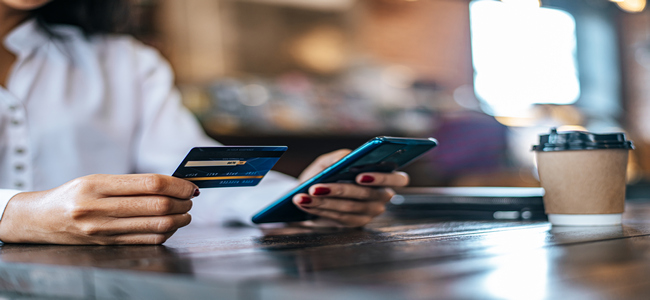As a preventative step, the World Health Organization advocates using digital payments whenever available due to the COVID - 19 disease. Following the Coronavirus outbreak, the use of money is rapidly being seen as a dangerous factor due to the virus's ability to live on hard floors while touching coins and banknotes.
As the number of mobile and digital banking transactions grows, the possibility of online and payment gateway in uae incidents increases. Below are some precautions that must be taken while making digital payments.
For all online purchases, choose a prepaid debit card.
It is usually best to prevent using the primary bank's debit card for internet purchases. Buy a prepaid card from a financial institution or a payment gateway in uae that you only pre-load with certain quantities for specific purchases. Most banks will provide you with one without asking you to create one. In the event of a fraud effort, your checking account (central bank) will not be overdrawn.
Investigate the Internet thoroughly.
When you use a search engine to find customer reviews or pricing comparisons, you face the danger of unwittingly landing on a search result that will take you to malware rather than your intended destination. Cyber thieves utilize search engine optimization tactics known as Black SEO to influence search results to insert malicious sites.
Type rather than clicking
Rather than clicking on a link, enter the URL into the address box to visit the website of your preferred merchant. It may need a bit more work, but this simple action will assist in avoiding visits to fraudulent and harmful websites. Make sure the connection begins with 'https'. This represents a secure site. When you access a payment gateway in uae, ensure a padlock sign in the computer window frame.
Apply for a provisional credit card
Some credit card firms provide their customers with temporary credit card numbers. These temporary numbers are intended to be used only once. Even if the data is stolen, it is useless. They cannot be used for products that need periodic payments and auto-renewal. In that situation, make use of a low-limit credit card.
Make use of a dedicated computer.
You don't have to keep a computer just for financial operations. Download Google Chrome with HTTPS security as well as reliable anti-virus software. Maintain the personal computer without using it for casual browsing or social networking.
The Advantages of Digital Payments
Faster, more uncomplicated, and more comfortable: One of the most significant benefits of cashless transactions is that they speed up the payment method and eliminate the need to fill out lengthy forms. There is no reason to wait in line at an ATM or keep cards in your wallet. Furthermore, with the move to digital, customers can access banking services 24/7, including bank holidays.
Many payment apps and mobile wallets do not charge service fees or processing fees for their services. An example is the UPI interface, where customers can use services for free. A variety of digital payment systems is reducing costs. Many digital payment banks offer cashback offers. Customers will benefit from this and will be motivated to go cashless.
Digital transaction data: Another advantage of becoming digital is that all transaction data may be kept. Customers may track every payment, regardless of how tiny the transaction amount is.
A one-stop shop for bill payment: Many digital wallets and payment applications have evolved into an easy way to pay utility bills. All utility bills, whether mobile phone, wifi, or energy, may be quickly paid through a single program.
Aids in the regulation of black money: Mobile payments will assist the government in keeping track of items and, in the long term, will aid in eliminating the flow of black money and fake notes. Aside from that, the price of minting currency may be reduced, which may help the economy.






















Comments (0)